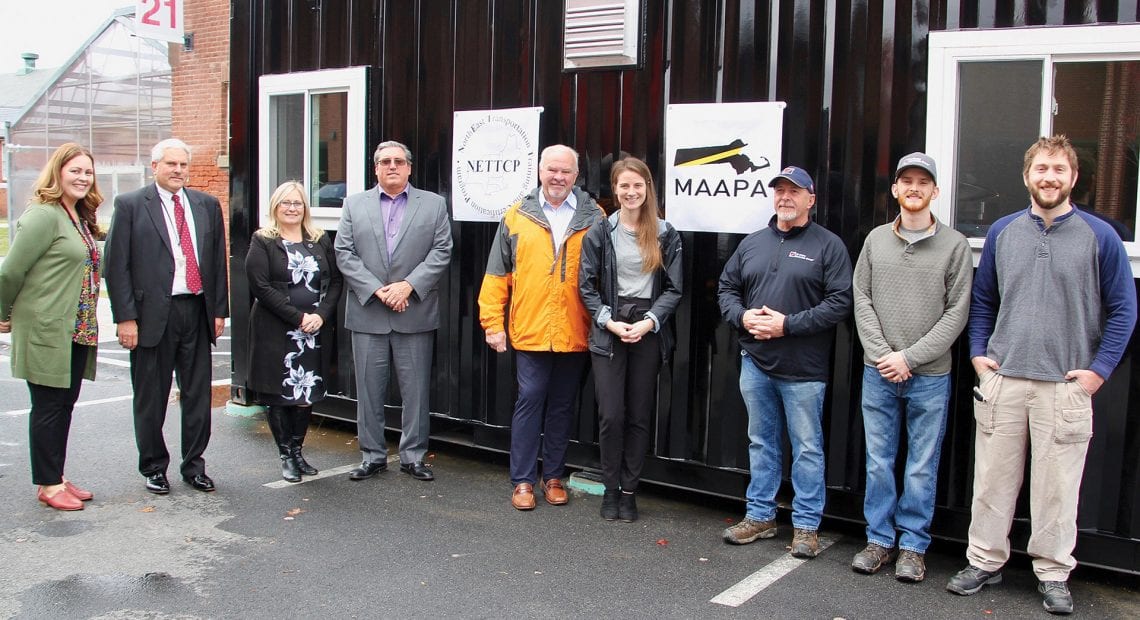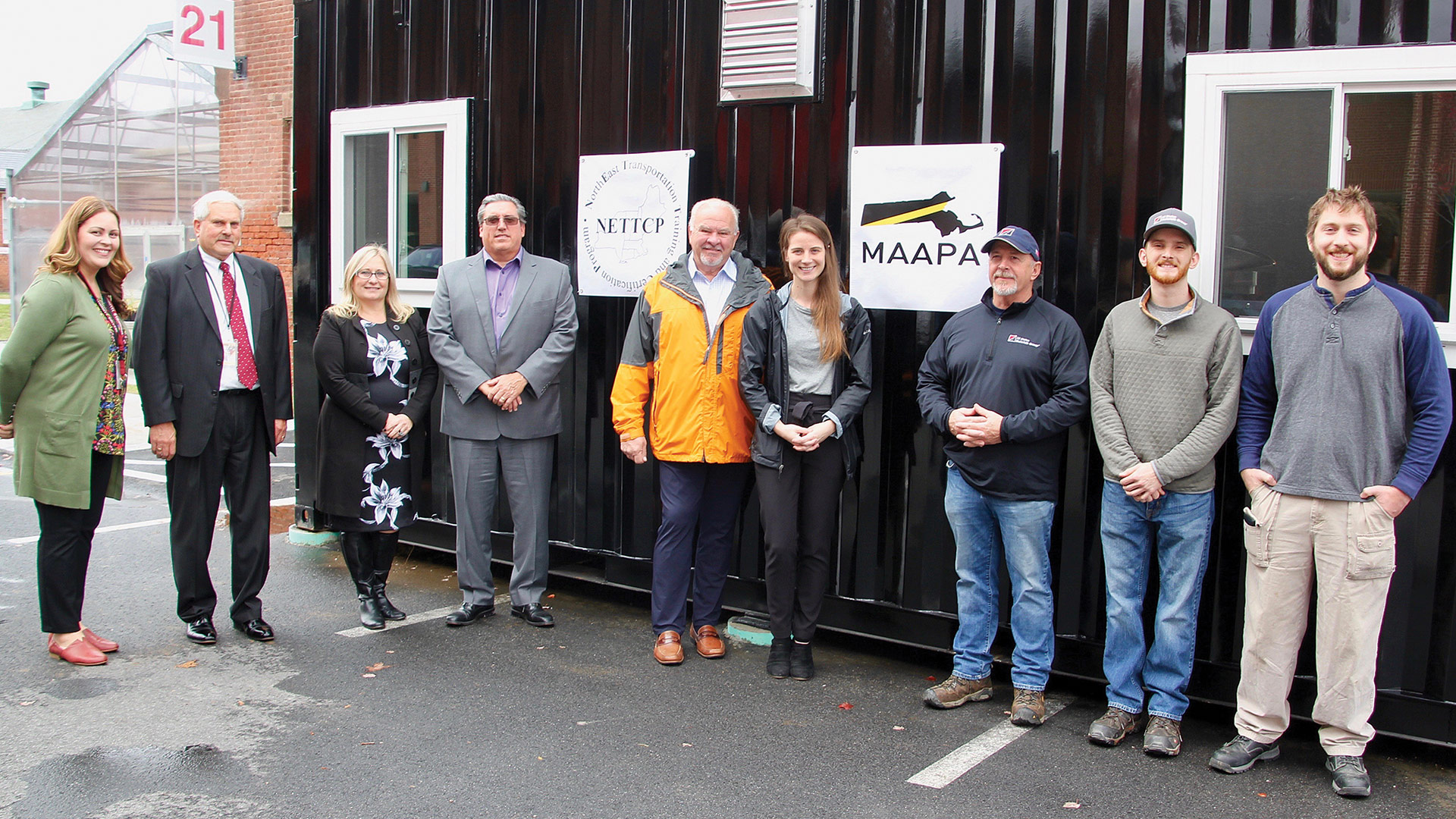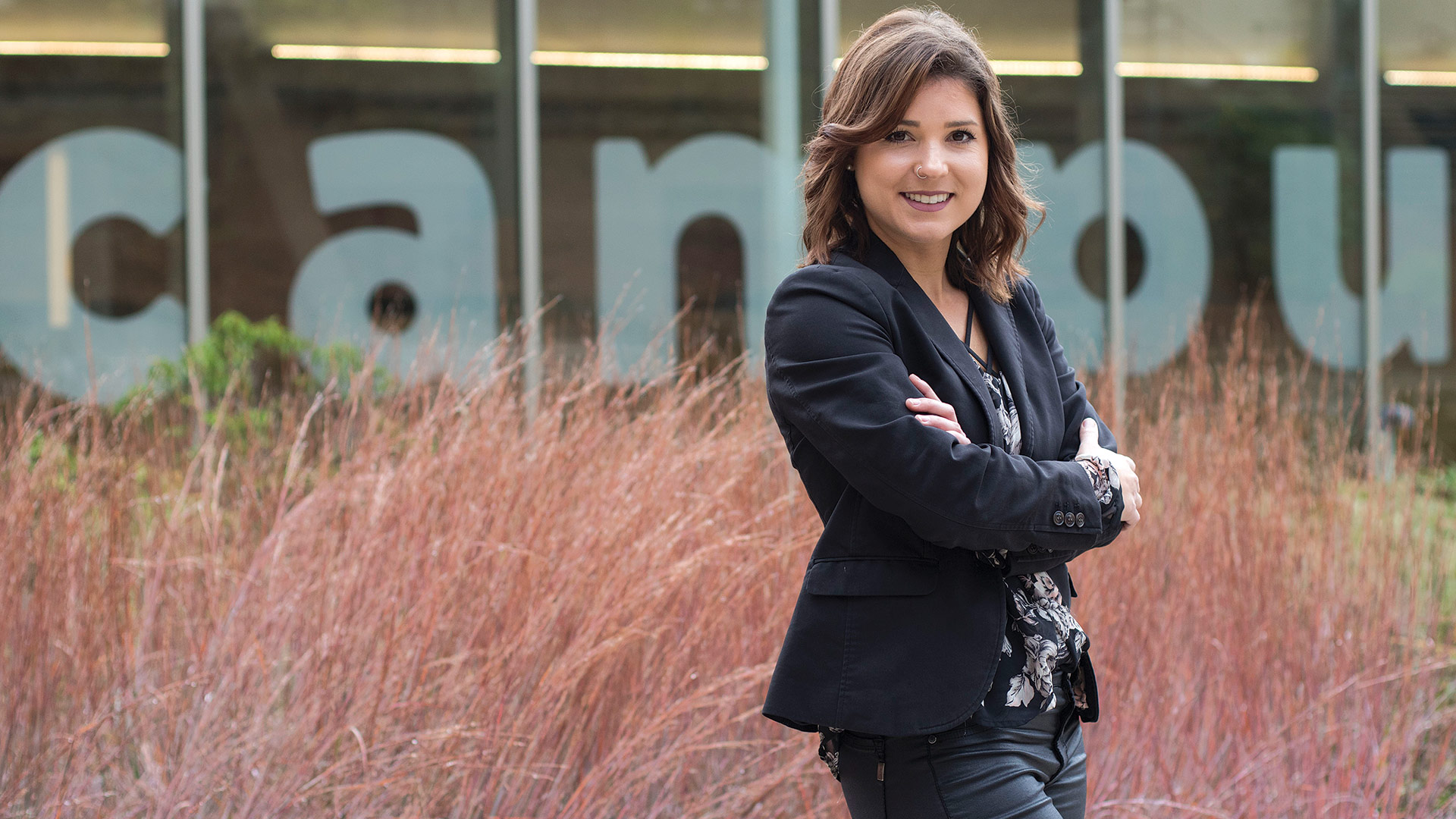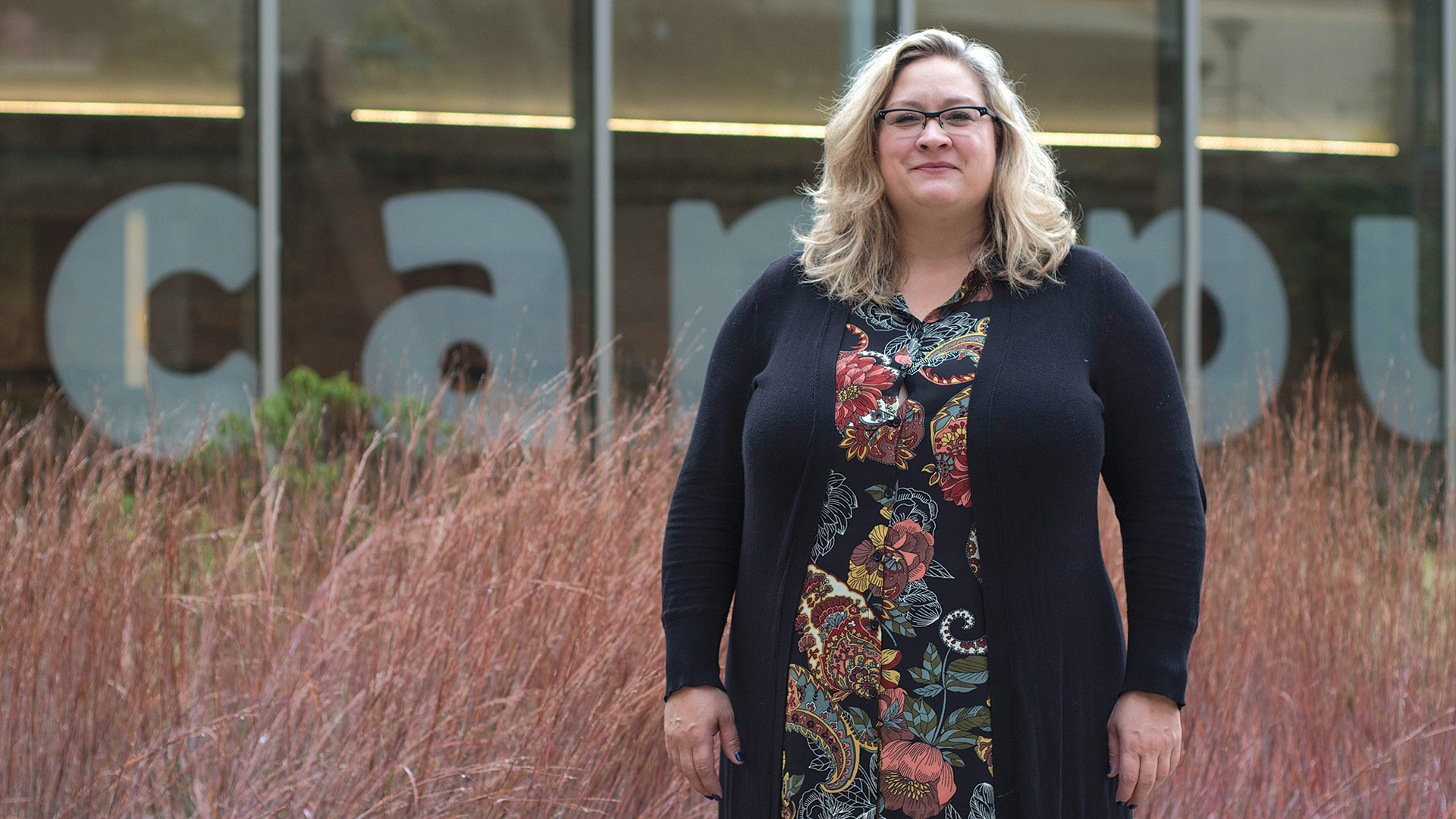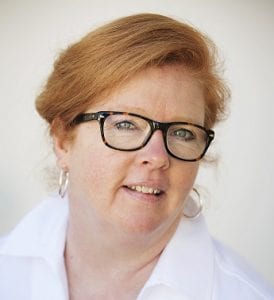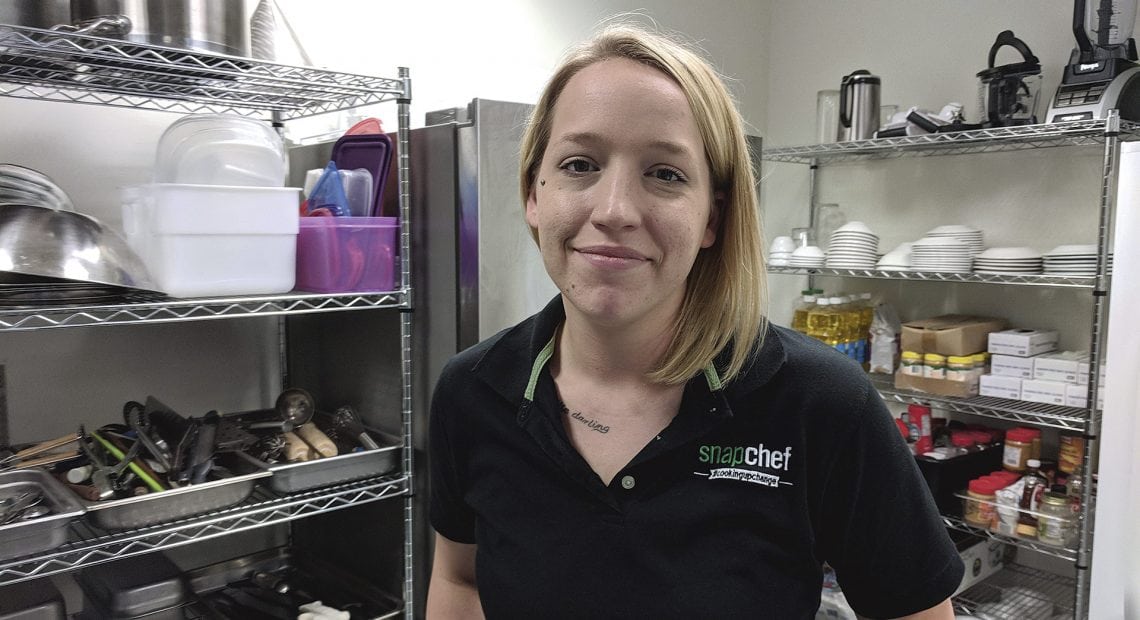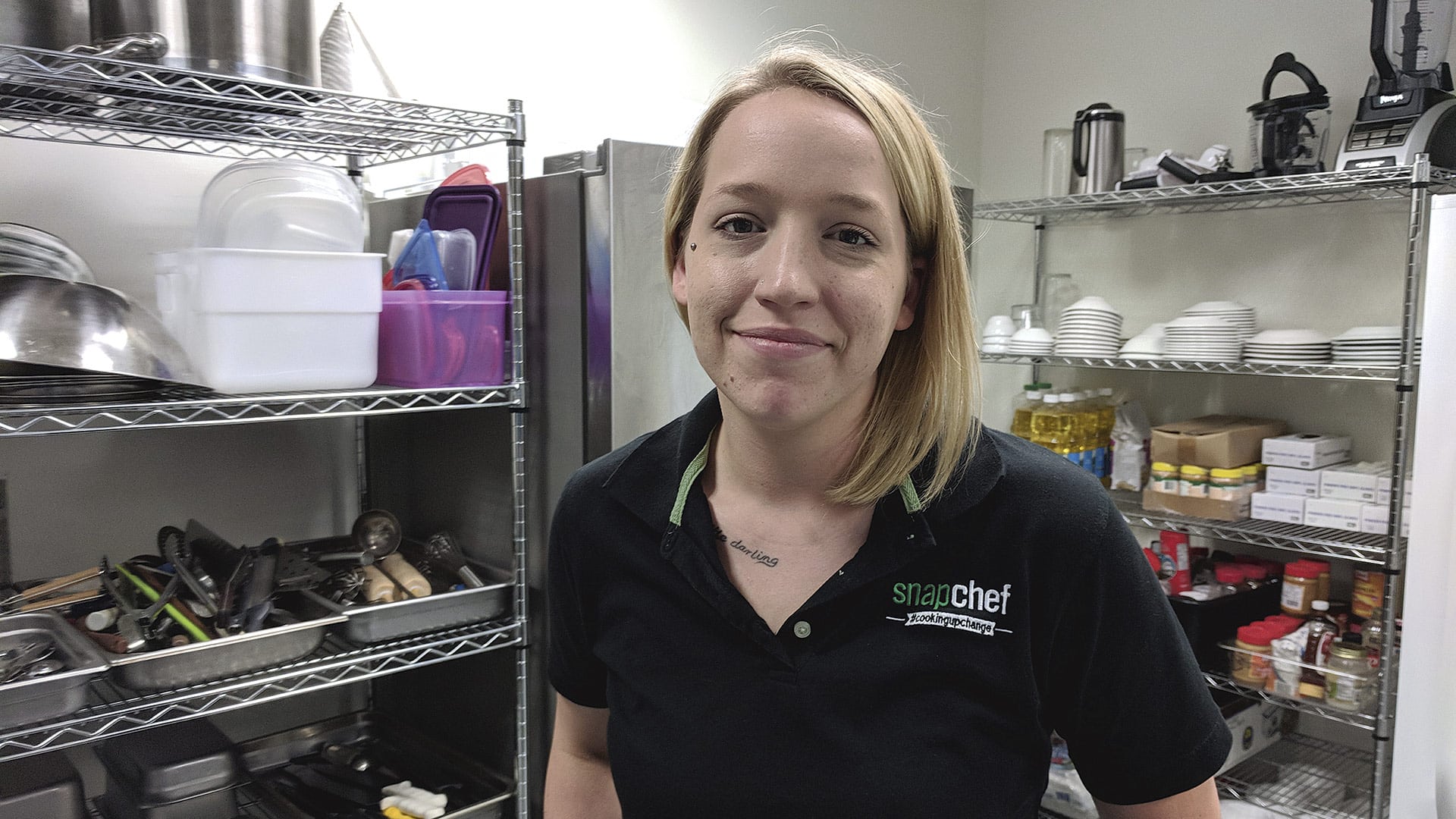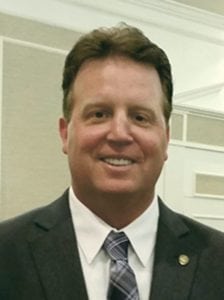
Hannah Rechtschaffen
The Greenfield Business Assoc. (GBA) hired Hannah Rechtschaffen as its newest association coordinator. With an extensive background in business development and creative placemaking, Rechtschaffen brings fresh energy to this crucial role in Greenfield’s business community. Rechtschaffen will focus her efforts on growing membership for the GBA — partnering with the city of Greenfield, the Franklin County Chamber of Commerce, and others — to further define the role and value of the association in the greater ecosystem. As the county seat, the health of Greenfield’s business sector is a vital beacon for how the county as a whole continues to keep and attract residents, tourists, and business owners alike. Rechtschaffen currently chairs the Sustainable Greenfield Implementation Committee, which supports the use and implementation of the city’s master plan. She is also a member of the Downtown Greenfield Alliance and the Local Cultural Council. For the last four years, she worked as director of Placemaking for W.D. Cowls, growing the Mill District project in North Amherst through events, social-media marketing, commercial tenant engagment, community development, and the opening of a local artist gallery. She is a former member of the Amherst Chamber Board, a member of the BusinessWest 40 Under Forty class of 2022, and a graduate of the Leadership Pioneer Valley class of 2021.
•••••

John Ciolek
John Ciolek recently joined the team at Associated Builders in South Hadley, where he will be active in sales, finance, and administration. He will also spearhead activities in the Ciolek family’s commercial real-estate business. Associated Builders (AB) is a third-generation, family-owned, design-build general contractor that has served the Pioneer Valley for morenthan five decades. Founded by his father in the early ’70s, John’s three brothers — Michael, Paul, and Tom — have led AB for the past 30-plus years. This is a return to the company of sorts for John, as he worked with the field crews with his brothers throughout his high-school and college years, gaining practical knowledge of the construction business. John brings extensive experience in finance and strategy garnered over a long career in banking and corporate strategy. Most recently, he was head of Strategic Initiatives at NGL Energy, where he was responsible for the company’s M&A activities and its sustainability efforts. Prior to that, he had a decades-long career on Wall Street, over the course of which he served as a managing director in Investment Banking for Credit Suisse, JP Morgan, and Citigroup. He started his banking career as a corporate lender for Shawmut Bank in Hartford, Conn. before attending the University of Michigan, where he received his MBA. He received a bachelor’s degree in political economy from Williams College in Williamstown.
•••••
Bulkley Richardson welcomed three law students to its 2023 Summer Associate Program. The robust program will introduce law students to the inner workings of a law firm, where they will receive mentorship from lawyers ranging from firm leaders and retired judges all the way through the ranks to junior associates, and gain exposure to real-life legal matters. This year’s summer associates are Alexandria Abacherli, who is currently attending the University of Connecticut School of Law and who earned a bachelor’s degree from Lafayette College, where she double majored in government & law and international affairs; Andrew Loin, who is currently attending Western New England University School of Law, where he is on the WNE Law Review, and who earned bachelor’s degrees in political science and business: entrepreneurship from the University of Rochester; and Nicole Palmieri, who is currently attending the University of Connecticut School of Law, where she is on the Connecticut Law Review and is a University of Connecticut Scholar, and who received a bachelor’s degree, summa cum laude, in American studies from Christopher Newport University. Each summer associate anticipates a spring 2024 law-school graduation.
•••••

Brenna Breeding
bankESB recently promoted Brenna Breeding to Digital Marketing officer. She joined bankESB in 2020 as Digital Marketing manager. In her new role, she will be responsible for digital marketing content strategy and development and corporate website management, and will serve as the relationship manager for third-party vendors. Breeding earned a bachelor’s degree in sport management from the University of Delaware and recently earned a marketing certificate from American Bankers Assoc. Bank Marketing School.
•••••
bankESB recently announced that Joe Williams has been hired as vice president, commercial lender. Williams has 12 years of banking experience, including his most recent roles as AVP, business banking officer at PeoplesBank, and AVP, credit officer at United Bank. He holds a master’s degree in communication from Bay Path University and a bachelor’s degree in criminal justice and finance from Westfield State University. He serves as president of the East Longmeadow Baseball Assoc., as well as treasurer of the East Longmeadow Housing Authority.
•••••
The Western Massachusetts Economic Development Council (EDC) announced the hiring of two new professionals, Kayla Soto and Aurora Pierangelo. With years of experience in their respective fields and a shared passion for driving growth and development in Western Mass., they are well-positioned to contribute to the mission of the EDC. Soto has joined the team as the new associate director of Economic Development and Special Projects. Originally from Manchester, Conn., she earned her bachelor’s degree in educational studies from Elms College and her master’s degree in higher educational leadership from Drexel University. With a professional background rooted in academia, community, and workforce development, she previously served as assistant director of Admissions and Collegiate Admission manager for Hillyer College at the University of Hartford, as well as the Lincoln Technical Institute and the Hartford Job Corps. She is also an accomplished entrepreneur with an online children’s clothing store. As a proud Latina businesswoman, Soto aspires to bring her diverse background and passion for growth to the EDC team. As associate director of Economic Development and Special Projects, she will be responsible for overall project and program management, planning, and leading events for the Western Massachusetts EDC, as well as building community and partnerships with regional leaders and stakeholders. Pierangelo joined the team as the new accounting specialist. With a diverse background and experience in managing complex organizations, she is responsible for managing various financial portfolios of the EDC. Previously, she served as assistant director of the Fraternity Managers Assoc. at the University of Rhode Island, where she managed 18 fraternity, sorority, and independent living-learning communities. There, she expanded house director training programs, managed new software implementations, and improved financial-management practices. A Western Mass. native, Pierangelo graduated with her MBA from Bay Path University and a bachelor’s degree in music theatre from SUNY Geneseo. She also manages a nonprofit, the Wilbraham Welcome Project. She is passionate about giving back to her community and excited to bring this same enthusiasm to her work with the Western Massachusetts EDC.




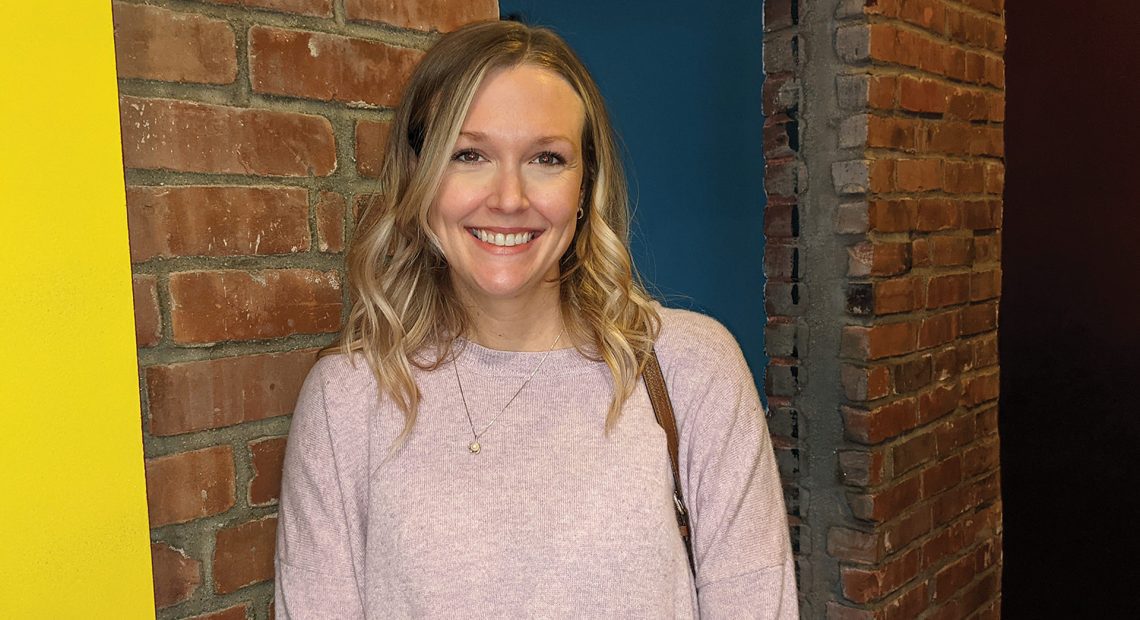
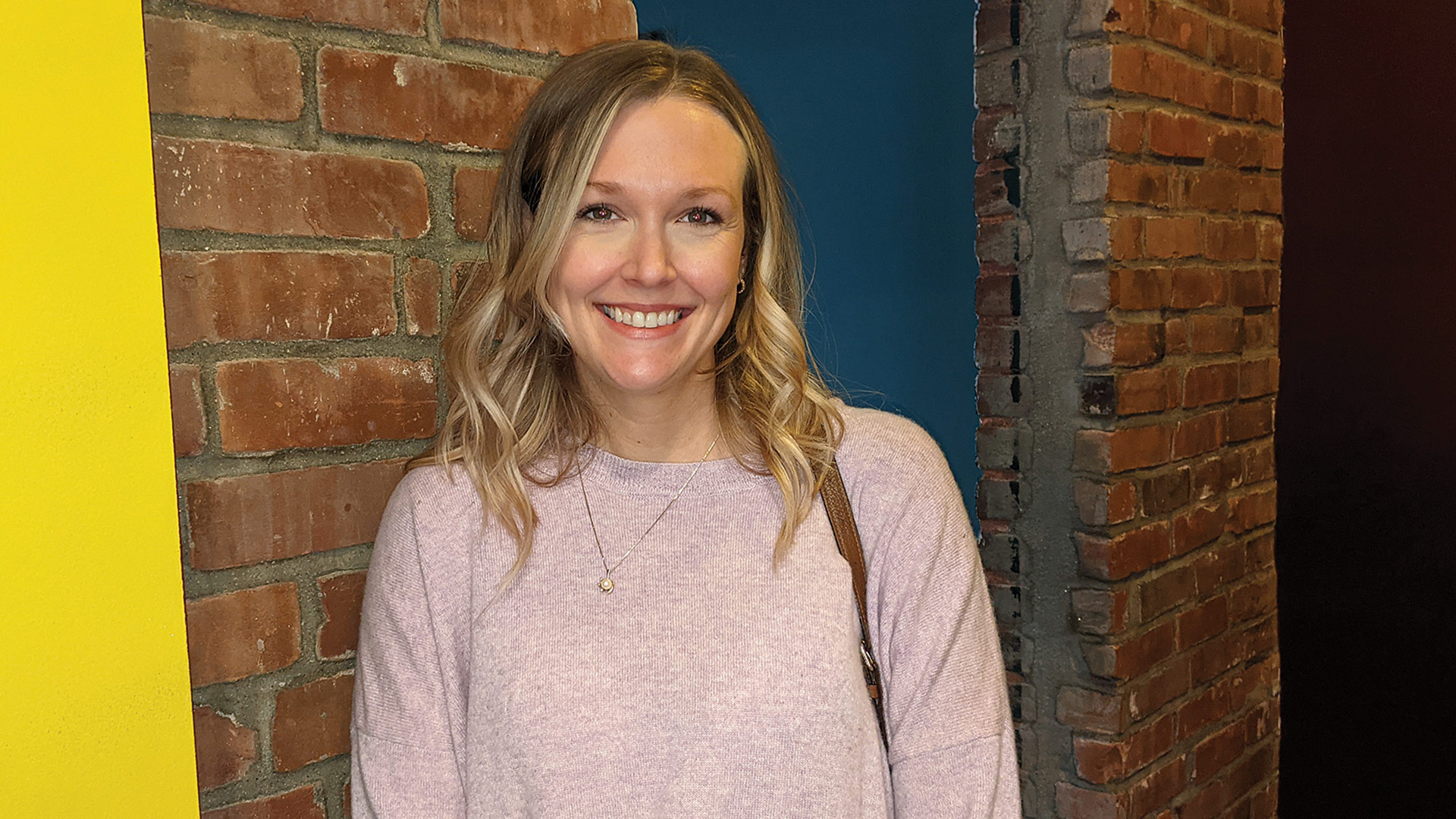



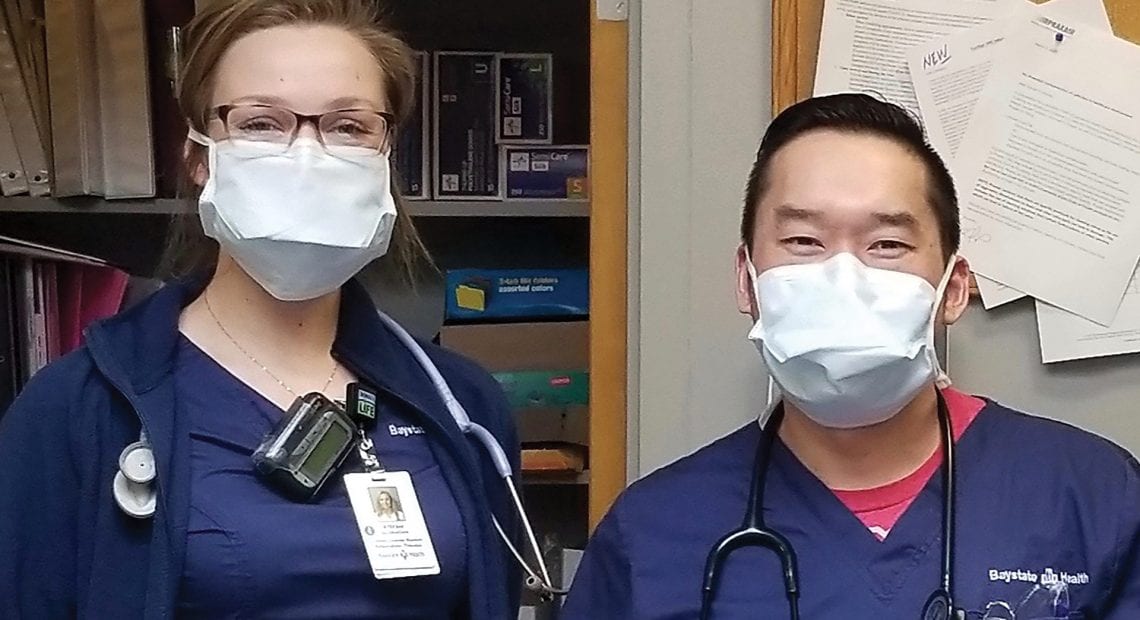



 Cybersecurity experts say there’s still plenty of misunderstanding when it comes to the reality of data threats. For example, it’s not just big companies being attacked — these days, everyone is a target, and data thieves are becoming more subtle and savvy with their methods. That means companies need to be more vigilant — but it also means career opportunities abound in a field that desperately needs more young talent.
Cybersecurity experts say there’s still plenty of misunderstanding when it comes to the reality of data threats. For example, it’s not just big companies being attacked — these days, everyone is a target, and data thieves are becoming more subtle and savvy with their methods. That means companies need to be more vigilant — but it also means career opportunities abound in a field that desperately needs more young talent.

